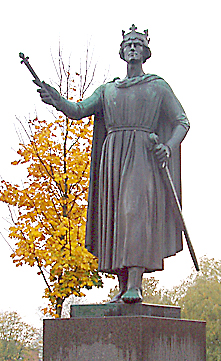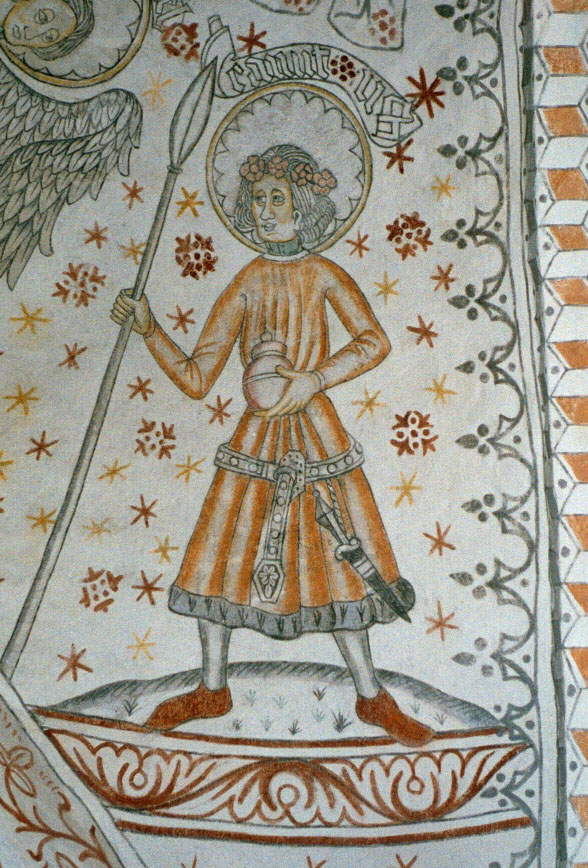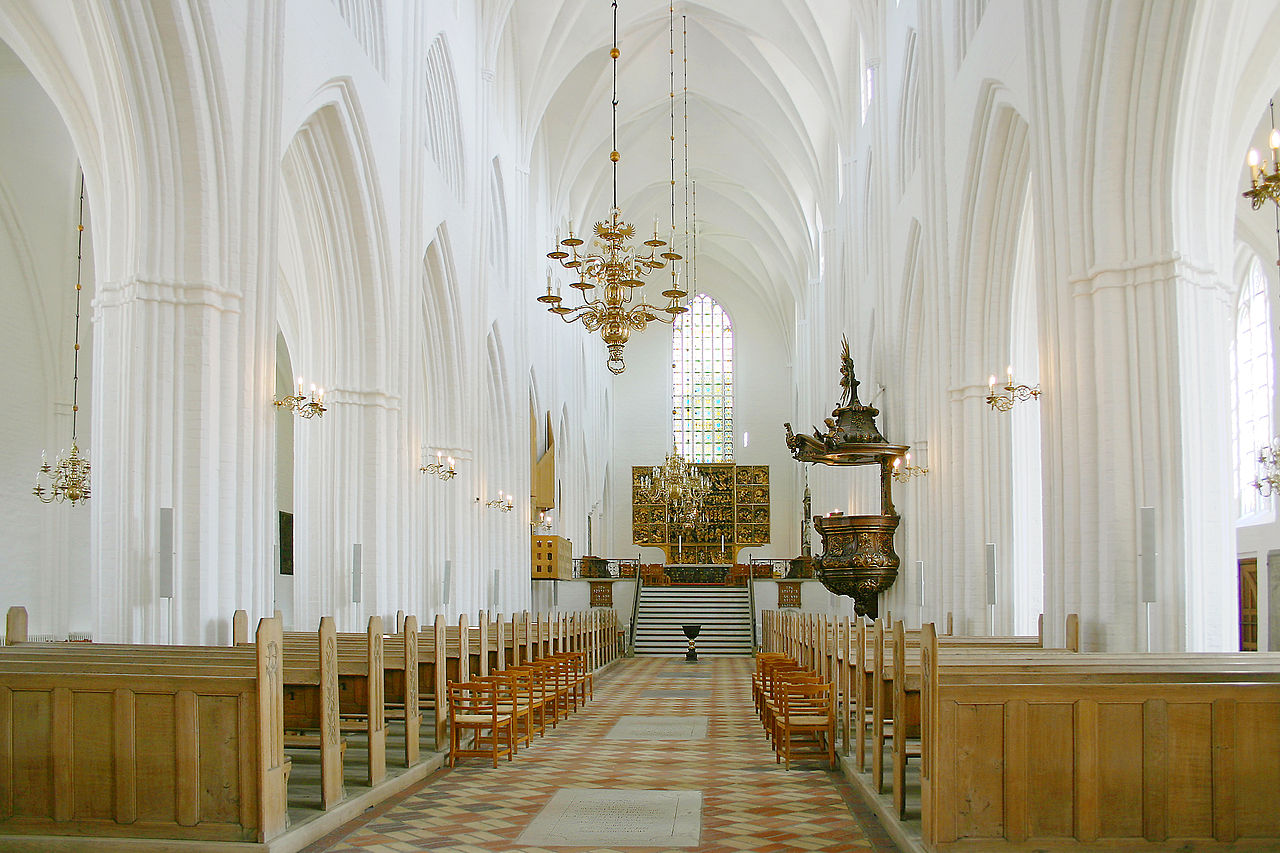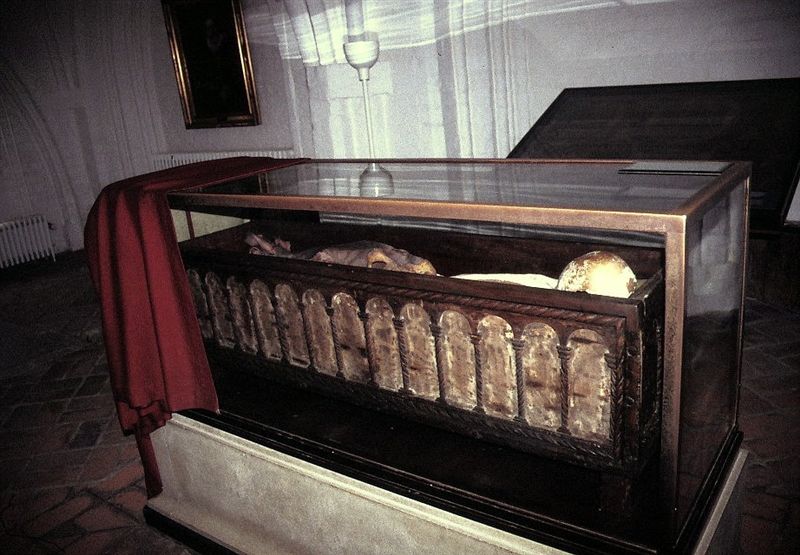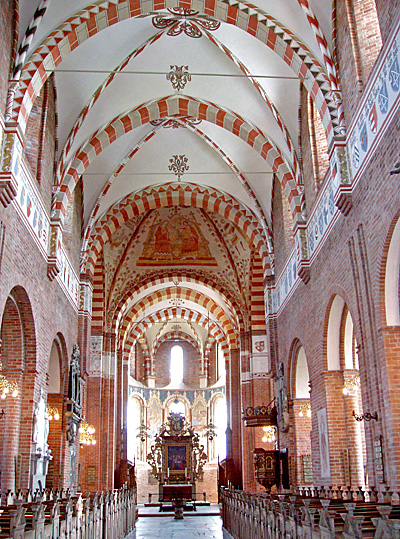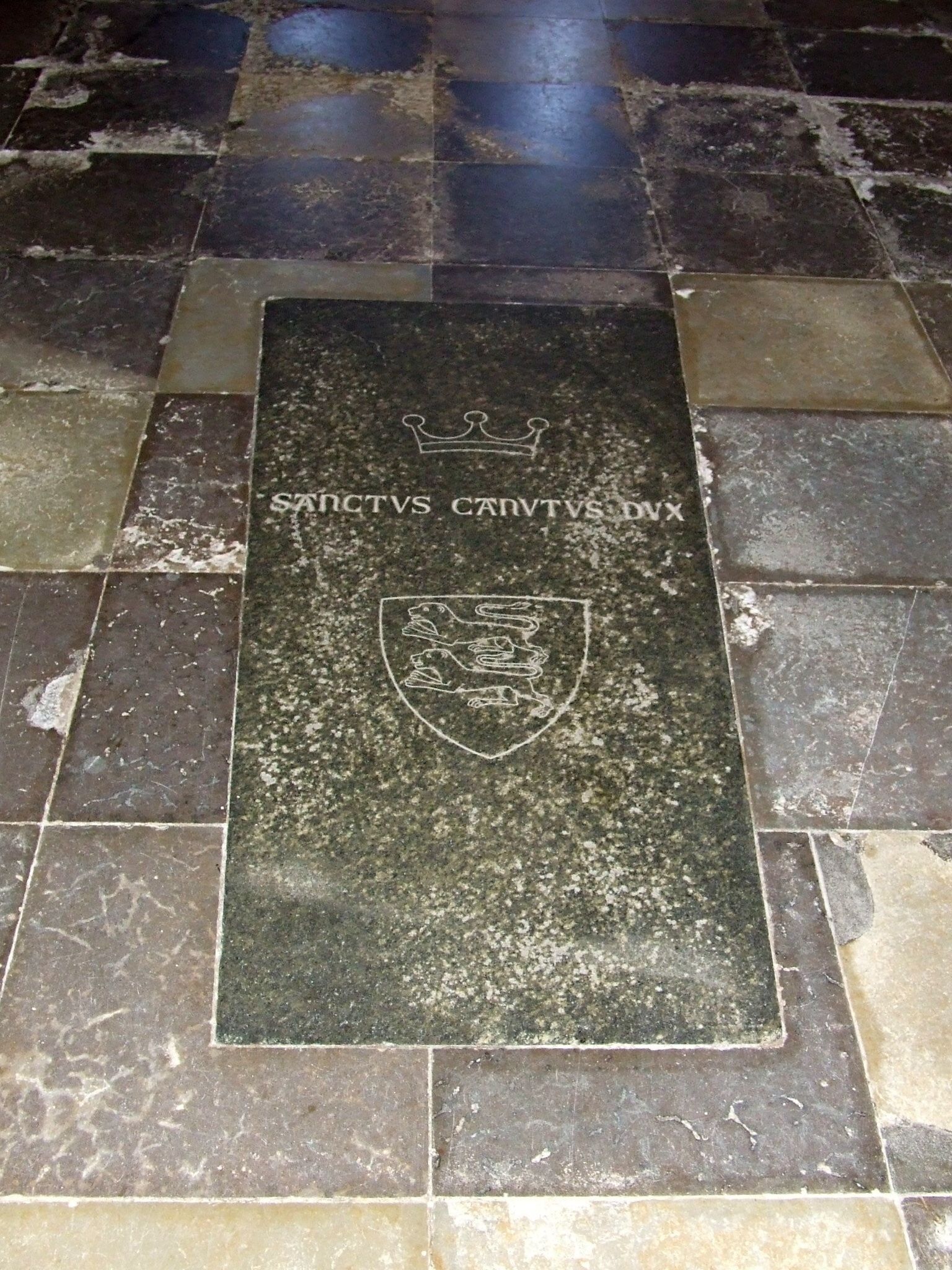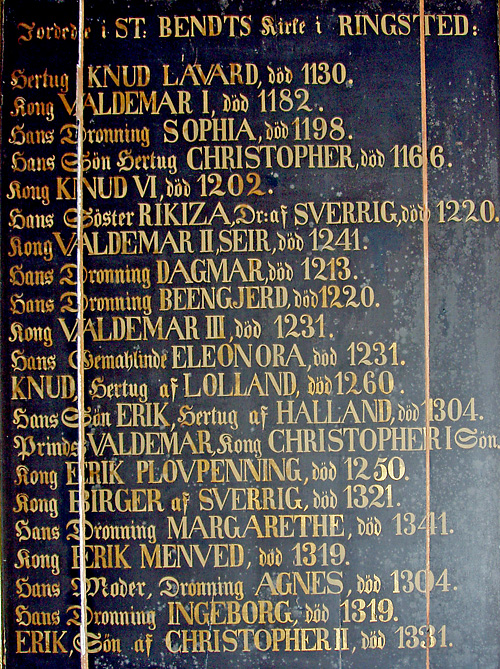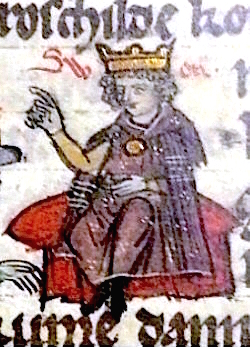by Susan Flantzer
© Unofficial Royalty 2025

Eric IV, King of Denmark, fresco in St Bendt’s Church, Ringsted, Denmark; Credit – Wikipedia
Eric IV, King of Denmark co-reigned with his father from 1232 to 1241, and then reigned solo from 1241 to 1250. Born in 2016, he was the eldest of the three sons and the eldest of the four children of Valdemar II, King of Denmark and his second wife, Berengaria of Portugal. Eric IV’s paternal grandparents were Valdemar I the Great, King of Denmark and Sophia of Minsk. His maternal grandparents were Sancho I, King of Portugal and Dulce of Aragon. In 1221, Eric’s mother, Berengaria, died in childbirth, delivering a stillborn child.
Eric IV had three full siblings:
- Sophie of Denmark (1217 – 1247), married Johann I, Margrave of Brandenburg, had five sons and one daughter
- Abel of Denmark, King of Denmark (1218 – 1252), married Matilda of Holstein, had three sons
- Christopher I, King of Denmark (1219 – 1259), married Margaret Sambiria, had three sons (two died young), and two daughters
Eric had one half-brother from his father’s first marriage to Dagmar of Bohemia, who died in childbirth in 1212, giving birth to a stillborn son:
- Valdemar the Young, Junior King of Denmark (1209 – 1231), married Eleanor of Portugal, who died in childbirth delivering her only child, a son, who died six months later
In 1218, when his older half-brother Valdemar the Young was crowned Junior King as their father’s co-ruler and heir, Eric was created Duke of Schleswig. On November 28, 1231, Valdemar the Young was accidentally shot by an arrow while hunting and died the same day. After Valdemar the Young died, Eric was crowned Junior King of Denmark, his father’s co-ruler and heir, at Lund Cathedral on May 30, 1232. At that time, Eric ceded the Duchy of Schleswig to his younger brother Abel.
On November 17, 1239, Eric married Jutta of Saxony, daughter of Albert I, Duke of Saxony and Agnes of Austria.
Eric and Jutta had six children but no surviving sons:
- Sophia of Denmark (1241 – 1286), married Valdemar, King of Sweden, had six children
- Cnut of Denmark (born and died 1242)
- Ingeborg of Denmark (1244 – 1287), married Magnus VI, King of Norway, had four sons, including two Kings of Norway
- Jutta of Denmark, Prioress of St. Agnes’ Priory in Roskilde, Denmark (1246 – 1284)
- Christof of Denmark (born and died 1247)
- Agnes of Denmark, Prioress of St. Agnes’ Priory, Roskilde (1249 – 1295)
Eric’s father, Valdemar II, King of Denmark, aged seventy, died on March 28, 1241, at Vordingborg Castle in Vordingborg, Denmark. Eric was now the sole King of Denmark, but his reign was marked by conflicts with his brothers, especially with his next eldest brother Abel, who was Duke of Schleswig.

Eric’s brother Abel; Credit – Wikipedia
Abel, as Duke of Schleswig, demanded independence for his duchy, leading to seemingly never-ending conflicts over many years. He had married Matilda of Holstein, and her two brothers, Johann I, Count of Holstein-Kiel and Gerhard I, Count of Holstein-Itzehoe, were strong supporters of their brother-in-law Abel. Abel raided as far north as Randers, Denmark, defeating Eric’s supporters, and then moved into Funen, Denmark. Eric eventually struck back, surprising Abel’s army at Schleswig and forcing Abel’s daughter Sophie to flee “without so much as a pair of shoes for her feet.” Through the mediation of their sister Sophia, a treaty was concluded between Eric and Abel in 1247, which restored Eric’s sole rule of Denmark and assured the other brothers of their duchies.
However, the treaty lasted only three years. In 1250, Eric conquered most of Abel’s duchy, and the two brothers met at Abel’s home in Schleswig to make a settlement on August 10, 1250. During the visit, Eric was beheaded by Lave Gudmundsen, a knight and one of Abel’s trusted courtiers, who then sunk Eric’s body in the Schlei, an inlet in south Schleswig at the western end of the Baltic Sea.

Saint Bendt’s Church in Ringsted, Denmark, where Eric IV, King of Denmark, is buried; Credit – Wikipedia by Orf3us
The next morning, two fishermen found Eric’s headless body in their fishing net. They carried the body to the Dominican Abbey in Schleswig, where Eric was first buried. In 1258, the remains of Eric IV, King of Denmark, were transferred to St. Bendt’s Church in Ringsted, Denmark. Eric’s brother Abel succeeded him as King of Denmark and insisted he had nothing to do with the murder. Less than two years later, Abel himself was killed.
This article is the intellectual property of Unofficial Royalty and is NOT TO BE COPIED, EDITED, OR POSTED IN ANY FORM ON ANOTHER WEBSITE under any circumstances. It is permissible to use a link that directs to Unofficial Royalty.
Works Cited
- Autoren der Wikimedia-Projekte. (2005). König von Dänemark. Wikipedia.org; Wikimedia Foundation, Inc. https://de.wikipedia.org/wiki/Erik_IV._(D%C3%A4nemark)
- Bidragsydere til Wikimedia-projekter. (2003). Konge af Danmark (1216-1250). Wikipedia.org; Wikimedia Foundation, Inc. https://da.wikipedia.org/wiki/Erik_Plovpenning
- Flantzer, Susan. (2025). Valdemar II, King of Denmark [Review of Valdemar II, King of Denmark]. Unofficial Royalty. https://www.unofficialroyalty.com/valdemar-ii-king-of-denmark/
- Wikipedia Contributors. (2025). Eric IV of Denmark. Wikipedia; Wikimedia Foundation.
- Wikipedia Contributors. (2025). Jutta of Saxony. Wikipedia; Wikimedia Foundation.











